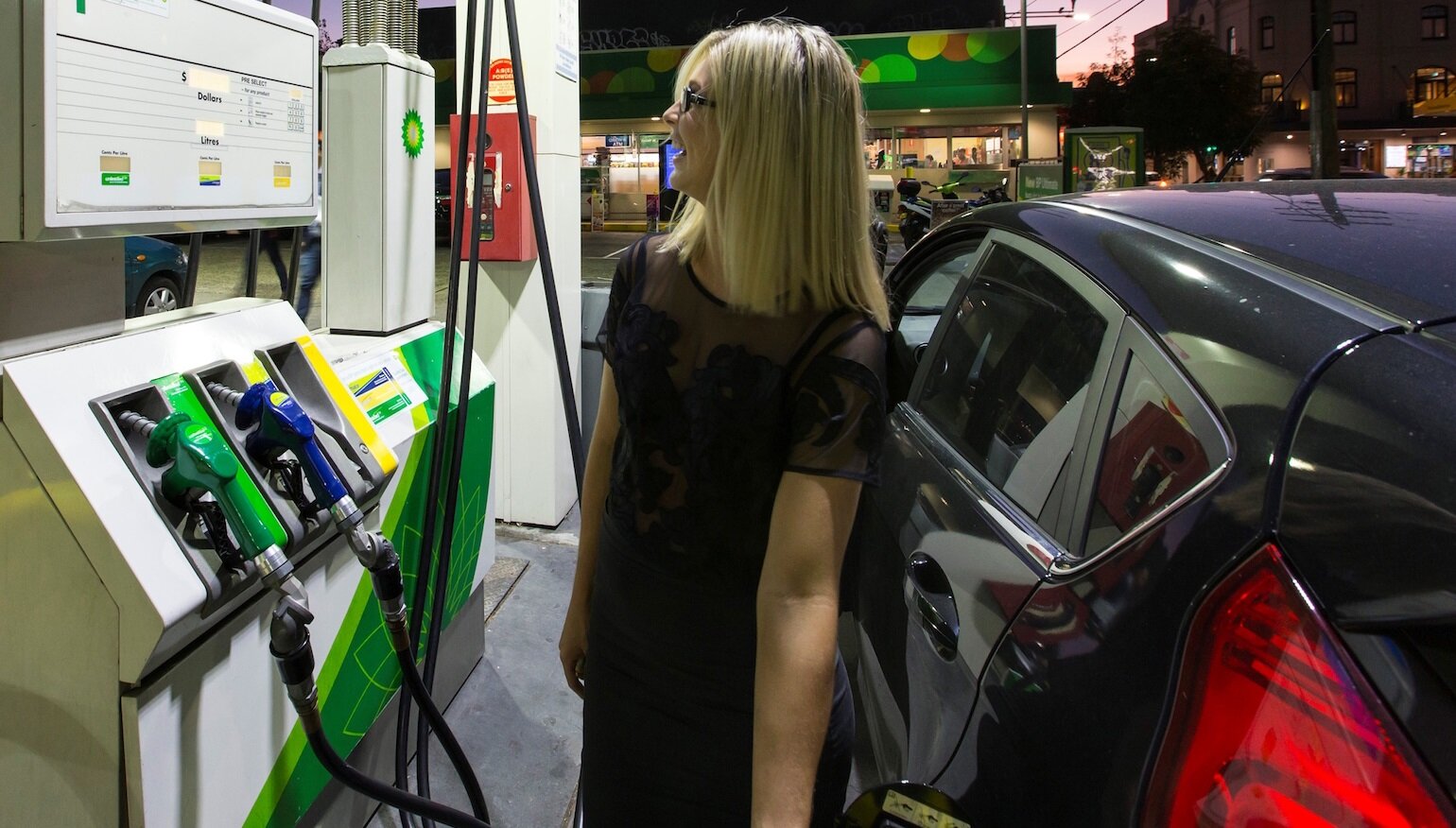Petrol Vs Temperature: Is heat ripping you off by expanding your fuel at the pump?
Does temperature really affect the amount of fuel you get at the pump? Are you ripping yourself off in summer, and paying it back in winter?
Today’s Q&A stems from my recent report on the density of petrol, and calculating its weight, in response to some fake name nut or other, off the back of BP’s material safety data sheet on unleaded petrol.
Does the ambient temperature really affect how much fuel you buy?
As I was watching [your earlier] video, my partner, who is a petroleum engineer, commented that while everything you said about specific gravity is correct, the fuel companies calculate weight as a formula of kg/litre at 25 degrees Celsius.
Since the density of fuel varies greatly depending on temperature, the volume of actual fuel in the tank varies, and therefore the weight varies.
You covered this indirectly by giving the weight range, so it's all good, I was just fascinated to learn how the fuel companies themselves solve the problem.
- Sophie Paterson
Great question, Sophie. But I don’t really think it’s a problem crying out for a solution.
Thermal expansion is absolutely a thing. Like, if you put some red dye in alcohol in a glass tube, congratulations - you just made a basic thermometer. That’s how it works: Hot day, level goes up because the volume expands.
The amount of volumetric expansion for petrol/gasoline and ethanol is about the same - ballpark - at about one part in one thousand per degree C or K. So if a litre (that’s about a quarter of a US gallon - ‘Murica) of petrol (that’s ‘gasoline’ - ‘Murica) heats up by one degrees C (that’s 1.8 degrees F - ‘Murica) the volume expands by one cubic centimetre (that’s 0.034 fluid ounces - ‘Murica).
One litre. One degree C change. One millimetre of expansion (or contraction, if it gets colder). It’s how petrol rolls.
So, if it’s pretty extreme outside, like 45 degrees C, and you’re putting 50 litres in the tank, and it’s being decanted at 25 degrees C, the expansion when it heat soaks to 45 is going to be 20 degrees times 50 litres divided by 1000, which is about one litre more volume. Same mass. Different volume. Goes up by a litre, as if by magic. Physics. Same thing.
There is a significant air volume engineered into the design of the fuel tank (even when it’s notionally full) to compensate for any expansion. So don’t compromise that void by rocking the car backwards and forwards to squeeze more fuel in, and don’t go again after the auto-shutoff on the pump kicks in. The void is there for a reason.
When Sophie said: “Since the density of fuel varies greatly depending on temperature, the volume of actual fuel in the tank varies, and therefore the weight varies.”
I have to respectfully disagree with that. Once it’s in your fuel tank, the volume varies with temperature, but the mass does not change. That would be actual magic if it did...
So - are you getting ripped off buying fuel on a hot day? Not really. Let’s talk about ‘why’ next.
Getting tanked
Now, just to fill in the final blank on this, what many people forget is that when you buy fuel, it’s typically getting pumped up from a large subterranean tank. All of that earth above, betwixt you and it, is a fairly effective insulator. For practical purposes, it’s in an isothermal storage environment.
Meaning, the temperature of the fuel remains fairly constant, regardless of the conditions above ground. Down there, in the tank, that fuel is gunna be in that 25 degree C ballpark, regardless of the ambient temperature above ground.
In a totally extreme environment - like permafrost, or the middle of the desert in summer there might be a bit more variation. But in places where it’s habitable - not so much.
Therefore, the actual mass of fuel decanted upon filling really does not vary that much. It doesn’t get that much time to warm up (or cool down) between the underground tank and going into your car.
Like, it takes two kilojoules of energy to heat one kilo of petrol by one degree C - so the fuel is going to heat up or cool down when you decant it from those big underground tanks, but this process is going to take several tens of minutes. And it will mostly - overwhelmingly - occur inside your fuel tank. It’s hardly spontaneous because it has to absorb rather a lot of energy from the environment to heat up, and that takes time.
Petrol heats up (or cools down) about about twice as enthusiastically as water. Ballpark. So: Not spontaneous.
Ultimately it is going to change volume by expanding when it’s hot or contracting when it’s cold, but that process is going to happen inside your fuel tank, where it doesn’t affect the amount you’ve just purchased.
I suggest Sophie see what her domesticated petroleum engineer thinks of this explanation - I suspect there will be broad agreement. But I do wonder why she didn’t just ask him (or her) - I’ve seen those movies. One never knows...
And of course, if you over-fill the tank on such a day, then park for lunch, the fuel will expand and if the built in void in the tank can’t accommodate the expansion, you’ll just lose a litre or so to evaporation. Essentially, that’s how to rip yourself off.
And finally, when I talked about the density range for the fuel, specified by BP in the material safety data sheet, I’m pretty sure that’s there because the composition of premium unleaded varies. 95 is different to 98 premium, and specific formulations can vary as well - little bit more of this; little bit less of that. Petroleum engineers and industro-chemists … they tend to just make things up as they go. Just saying.
















The Mitsubishi Outlander is an excellent-value seven-seat family vehicle with plenty of features and capability. It looks modern and tough, but you need to know if it’s going to be good enough compared with other medium SUVs.